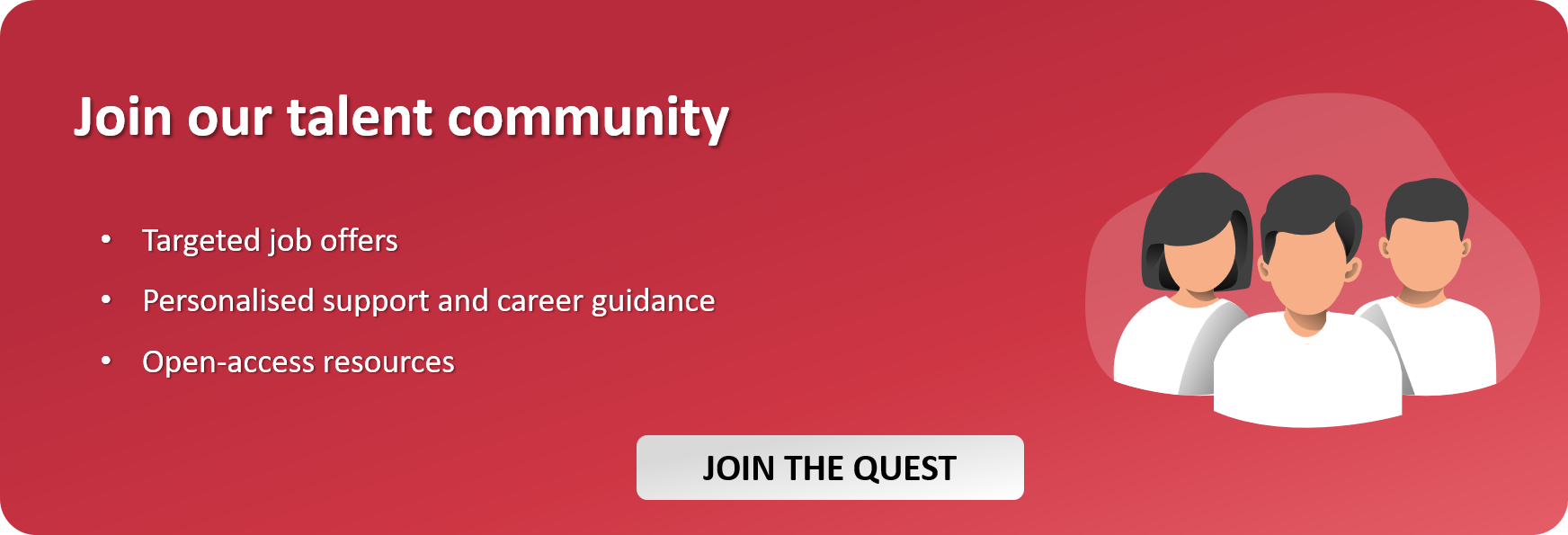What are the different S/4HANA roles that IT professionals can choose to take?
As a result of the impending 2030 deadline, businesses still relying on SAP’s older software find themselves in a race against the clock to migrate to S/4HANA; a lengthy and hefty task. But early adoption has been sluggish, and few SAP specialists have had the chance to get hands-on experience with the technology.
Demand for S/4 skills is higher than ever and will only increase in the coming months. Both newcomers and SAP veterans have now the chance to jump on the S/4HANA bandwagon and give a boost to their career.
Functional vs. Technical roles
Just as with ECC6, there are two main categories of S/4HANA roles: functional and technical. However, these two categories often overlap with one another, and the best specialists have a combination of the two.
Then, functional roles essentially serve as the link between business and solution development, helping organisations design and implement S/4HANA environments. These profiles combine a sound technical understanding of SAP’s ERP suite with domain expertise – having knowledge of, for example, finance or HR. They also possess strong communication and leadership capabilities. Therefore, a functional expert has a strong business background and a very good understanding of business flows and processes. Thus, that leads them to be responsible for customising the ecosystem after the implementation of new flows or after an evolution in the core model.
On the other hand, technical roles, as the name suggests, have more to do with the development (coding), monitoring and running of S/4HANA applications. Their main strength is in IT, and less so in industry knowledge or interpersonal skills. However, that doesn’t mean technical profiles don’t need to be competent in these areas – soft skills are becoming more and more crucial for IT professionals.
Functional roles
Specialists in functional S/4HANA roles come from a technical background or are at least well-versed in the technical requirements and capabilities of S/4HANA. Then, domain or industry expertise is a must, as they must have a good grasp of all those non-IT-related concepts to design efficient solutions.
Moreover, a great part of the functional specialist’s job is coordinating with business leaders, end-users and all the other roles involved in the SAP project. Consequently, they also must be good communicators and have well-developed project management and organisational skills.
Also, the specific role within the team mostly depends on the depth of focus and level of seniority. The main functional roles include:
Business Analyst
Firstly, SAP Business Analysts are responsible for assessing and defining the business case driving S/4HANA implementation. These professionals understand the ins and outs of SAP’s platform, leveraging great business and industry acumen to identify what ERP solutions can be applied to optimise company operations. They also help train end-users in the use of the platform.
They often come from a business background or have extensive experience in the specific industry and practice (e.g. Finance or manufacturing), a skillset they complement with S/4 training and know-how. Others started in IT and have later garnered valuable business and consultancy expertise.
Application / Module expert
These are very focused business analysts or more technical profiles specialised in a particular S/4HANA module (e.g. Finance, Sales). These subject matter experts can provide advice and implement SAP components or oversee their day-to-day operations — or both. It is a must for module experts to be proficient in the area of business to which their module relates.
A good example of an SAP application expert is the SAP FI/CO consultant or analyst. These professionals are specialists in de Finance and Controlling modules, expertise which they combine with financial wisdom to help companies produce reports and streamline operational costs.
Solution Architect
As their title suggests, solution architects are the ones designing the S/4HANA environment based on the company’s business needs. They also have a big-picture mentality, which they mix with a deep understanding of SAP tools and other software and hardware tools to devise custom-made ERP systems.
In addition, architects need to be good at communicating their vision and collaborating across the many teams involved in a project, both in technical roles and in more business-related areas.
Project Manager
Somewhat the least technical role of them all, the project manager coordinates the full life-cycle implementation and configuration of S/4HANA projects. Think of them as a sports team coach. The project manager keeps track of project goals and progress while ensuring that every moving part is on the same page.
Moreover, these are individuals with strong leadership and communication skills and that have a knack for problem-solving. They possess a good understanding of the S/4HANA platform and its different modules. In fact, SAP project managers usually have a business background as well as expertise in core modules (e.g. Supply Chain or Finance). Under today’s continuous improvement and delivery (CI/CD) paradigm, project managers must also be proficient in Agile development methodologies.

Technical roles
These are the developers and specialists responsible for delivering and maintaining the SAP solutions as designed by the functional half of the team. Technical specialists are also often involved in the design phase of a project and can help advice on capabilities or ways of approaching a problem. The best specialists in technical positions tend to have good business and domain knowledge and are able to put themselves in the shoes of the functional specialist.
Technical S/4HANA roles include:
ABAP Developer
Creates, tests and implements S/4HANA solutions using SAP’s proprietary ABAP language. These are SAP’s hardcore coders, in charge of the platform’s back end and making the application work. They also are, of course, great coders, and they need to possess strong analytical and problem-solving skills.
The best ABAP developers combine mastery of S/4HANA modules with great creativity to deliver efficient and lean software solutions. They are also fluent in DevOps and Agile development methodologies and work well in CI/CD product cycles.
SAP Fiori Developer
They are the front-end counterpart of ABAP developers. SAP Fiori is SAP’s advanced user experience (UX) engine. Fiori developers work together with their ABAP piers to develop the visual interface of S/4HANA applications.
In addition, these technical professionals are good coders, but they also possess skills in end-user-related areas like psychology
SAP Basis Administrator
The equivalent of a System Administrator in other platforms, SAP Basis administrators configure and ensure the correct performance and the reliability of the whole S/4 environment. They also have a mix of technical and interpersonal capabilities and do a lot of landscape management and monitoring.
Basis administrators have a deep understanding of the S/4HANA ecosystem and its different modules, but they are also knowledgeable in ABAP, Linux and Java. They also have good collaboration skills, as they need to coordinate with technical colleagues and end-users to keep the system in perfect shape.
Security Analyst
Moreover, administers and monitors security roles and authorization profiles for S/4 systems. Security analysts can be also considered a more focused version of a basis administrator, combining deep technical knowledge of the SAP environment with a focus on security.
Security analysts are proficient in SAP’s role-based security concepts and Profile Generator. They also need to be able to speak to infrastructure-level security concerns to other, less technical roles within the IT team or business managers.
Data analyst
Lastly, these professionals leverage business intelligence and data management to produce insights that help inform business decisions. They are also experts in data engineering and databases, able to create high and low-level data product designs based on business and technology requirements. Moreover, data analysts are experts in SAP HANA in-memory database, and they need fluency in Agile methodologies to be able to collaborate effectively with the rest of the technical team. Additionally, the best data analysts possess good business and domain acumen, which lets them reach deeper and more actionable insights and better communicate with their business peers.
Want to make the most of S/4HANA’s career potential? Also Check our comprehensive S/4HANA Careers Guide.
Find your next assignment on our freelance and permanent IT recruitment platform, or join Mindquest so you don’t miss out on any job opportunity!





















